In a colossal event, an iceberg, A-76, half the size of Puerto Rico, has detached from Antarctica’s Ronne Ice Shelf into the Weddell Sea. Captivating satellite images depict its immense size, surpassing the dimensions of Manhattan and earning the title of the world’s largest floating iceberg.
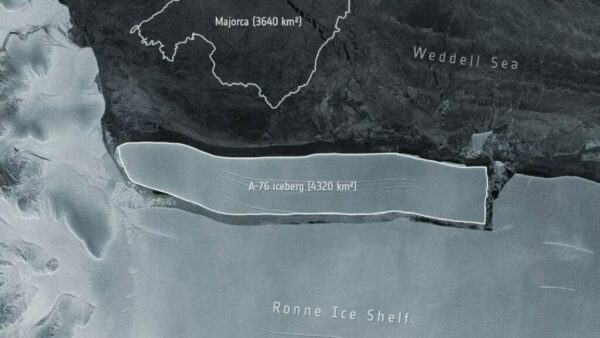
A view of the newly calved iceberg named A-76 by scientists, the largest currently afloat in the world. Image credit: European Space Agency (ESA)
Originally identified by the British Antarctic Survey and verified using Copernicus Sentinel-1 imagery, A-76 broke off the western side of the Ronne Ice Shelf. The Sentinel-1 mission, utilizing C-band synthetic aperture radar imaging, allows year-round monitoring of remote regions like Antarctica.
Polar oceanographer Keith Makinson first spotted the iceberg on May 13, capturing its dramatic separation from the ice shelf. A-76 now claims the title of the world’s largest iceberg, surpassing its predecessor, A-23A, floating in the Weddell Sea.
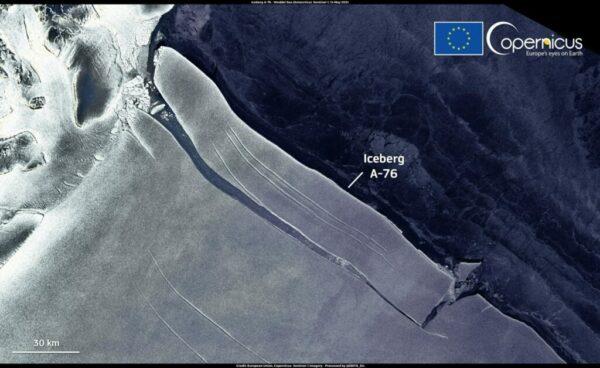
Last November, A68a, the former largest iceberg, raised concerns as it seemed on a collision course with South Georgia island. Home to numerous penguins and seals, a collision could have jeopardized their food gathering. Fortunately, A68a disintegrated before causing harm.
The Larsen Ice Shelf, from which A-68a broke, has witnessed rapid disintegration, potentially linked to global warming. While Earth’s average surface temperature has risen by one degree Celsius since the 19th century, Antarctica’s air has warmed over twice that amount.
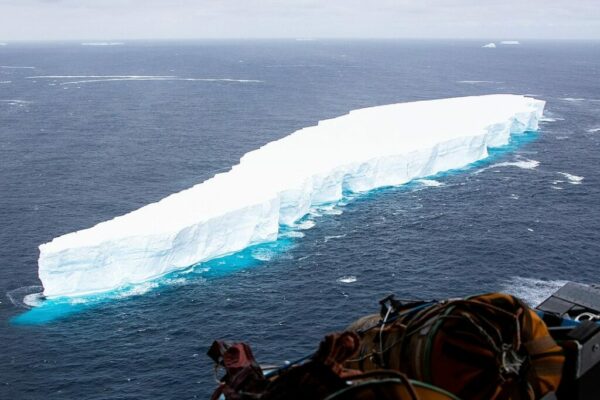
A-68(a) one of the largest ever recorded icebergs floating near the island of South Georgia, South Atlantic, on 18 November 2020. Image credit: Cpl Phil Dye RAF/MOD
The awe-inspiring images of A-76’s detachment serve as a visual testament to the dynamic changes occurring in Antarctica, prompting further examination of the impacts of climate change on these vast icy landscapes.






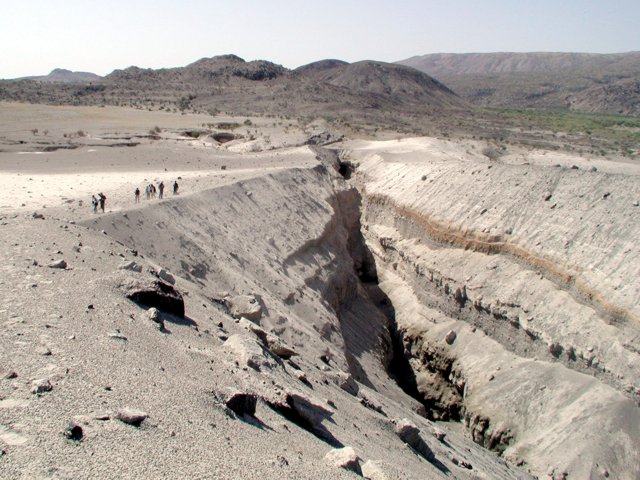
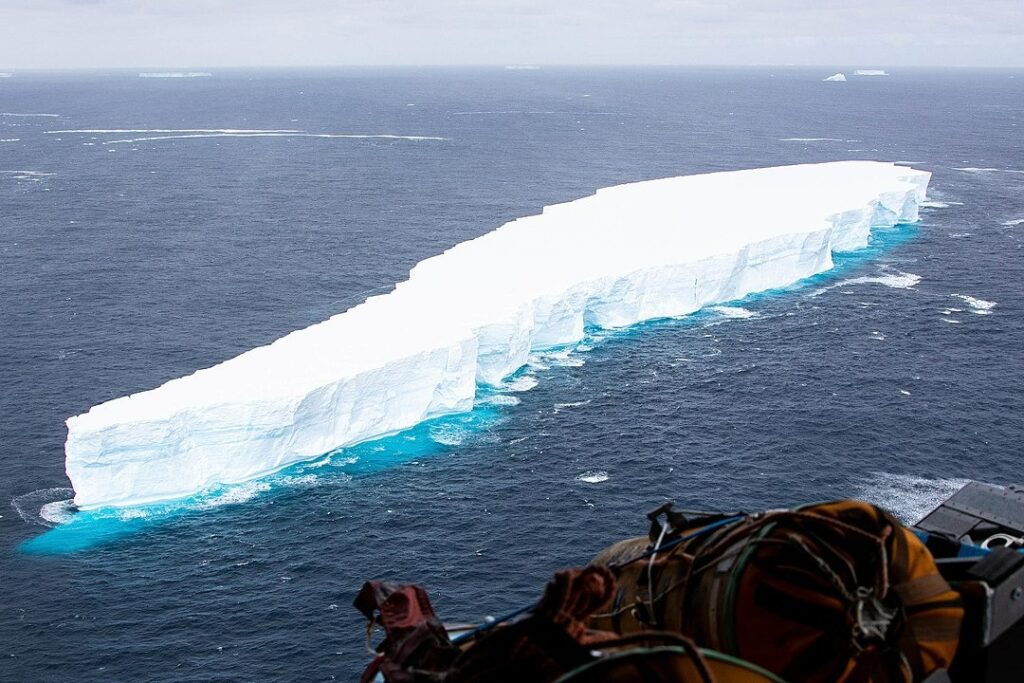
 Photographer Finds Locations Of 1960s Postcards To See How They Look Today, And The Difference Is Unbelievable
Photographer Finds Locations Of 1960s Postcards To See How They Look Today, And The Difference Is Unbelievable  Hij zet 3 IKEA kastjes tegen elkaar aan en maakt dit voor zijn vrouw…Wat een gaaf resultaat!!
Hij zet 3 IKEA kastjes tegen elkaar aan en maakt dit voor zijn vrouw…Wat een gaaf resultaat!!  Scientists Discover 512-Year-Old Shark, Which Would Be The Oldest Living Vertebrate On The Planet
Scientists Discover 512-Year-Old Shark, Which Would Be The Oldest Living Vertebrate On The Planet  Hus til salg er kun 22 kvadratmeter – men vent til du ser det indvendigt
Hus til salg er kun 22 kvadratmeter – men vent til du ser det indvendigt  Superknepet – så blir snuskiga ugnsformen som ny igen!
Superknepet – så blir snuskiga ugnsformen som ny igen!  Meteorite That Recently Fell in Somalia Turns Out to Contain Two Minerals Never Before Seen on Earth
Meteorite That Recently Fell in Somalia Turns Out to Contain Two Minerals Never Before Seen on Earth  Nearly Frozen Waves Captured On Camera By Nantucket Photographer
Nearly Frozen Waves Captured On Camera By Nantucket Photographer  It’s Official: Astronomers Have Discovered another Earth
It’s Official: Astronomers Have Discovered another Earth 